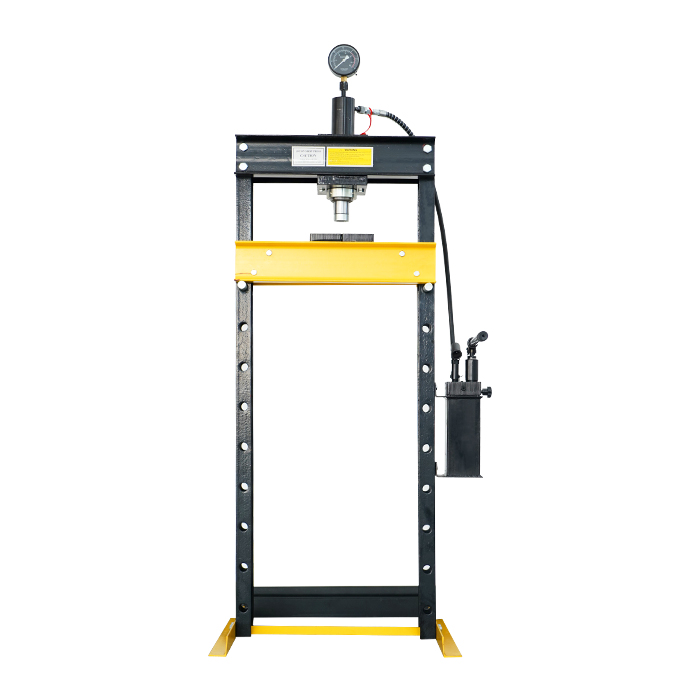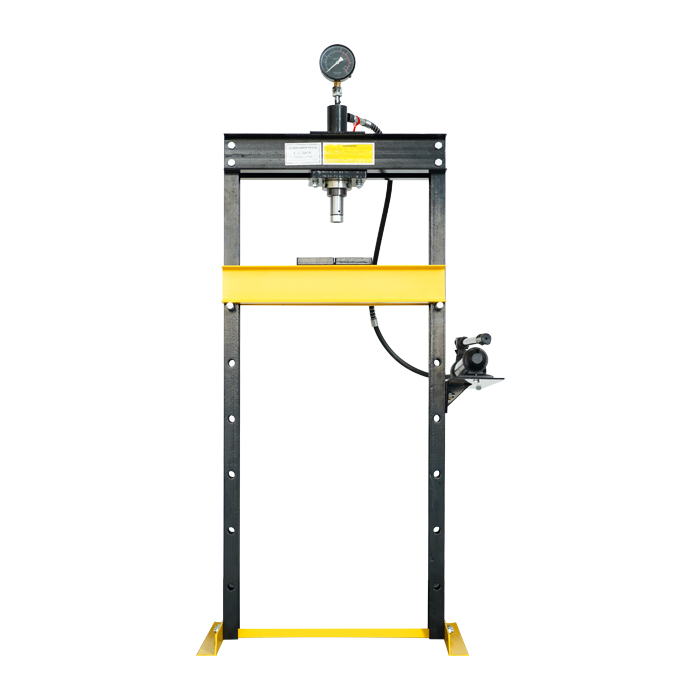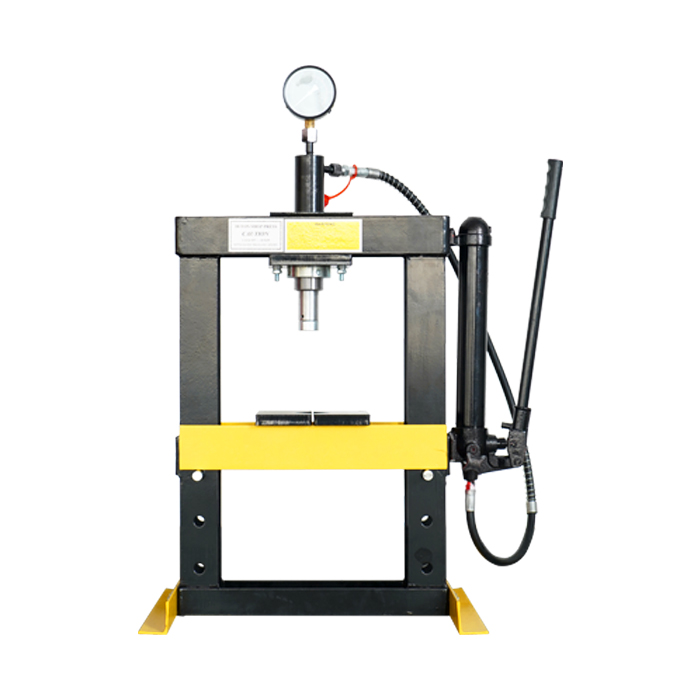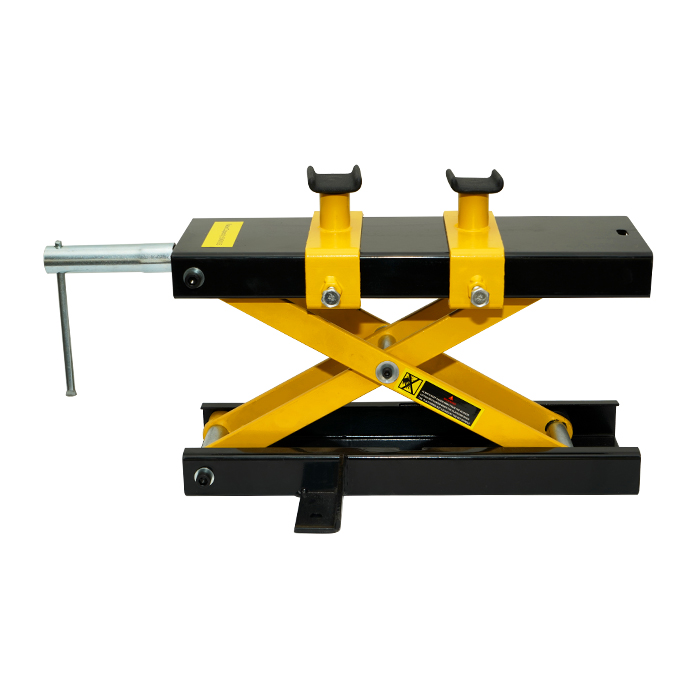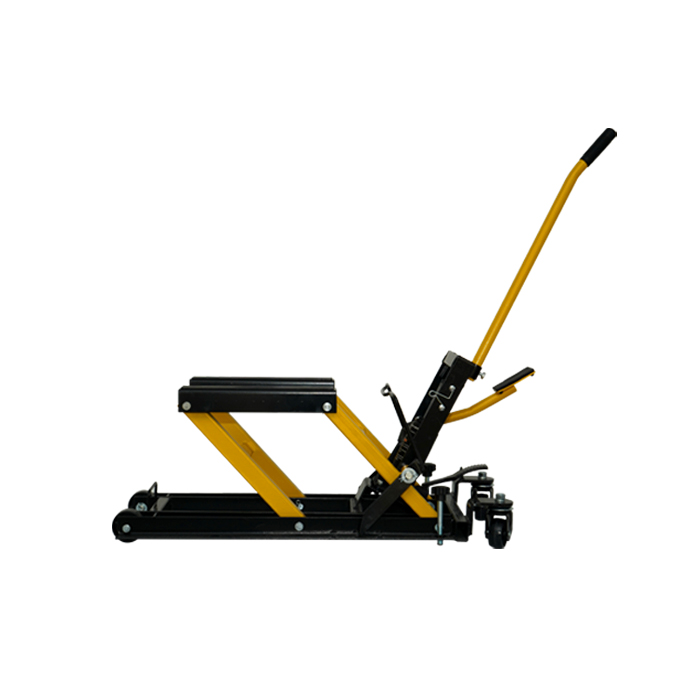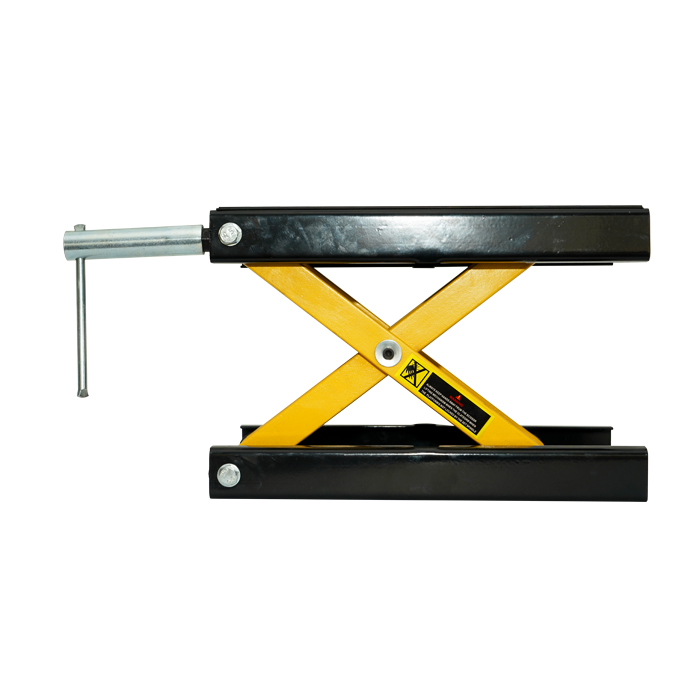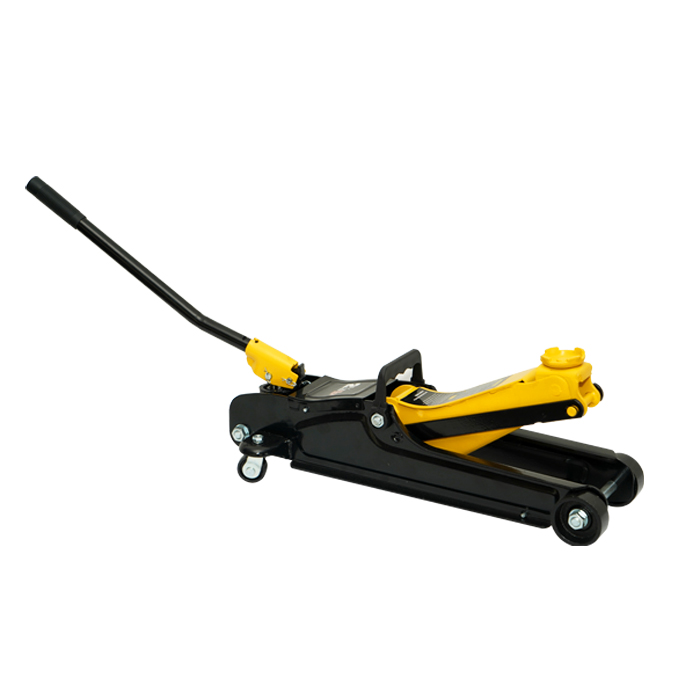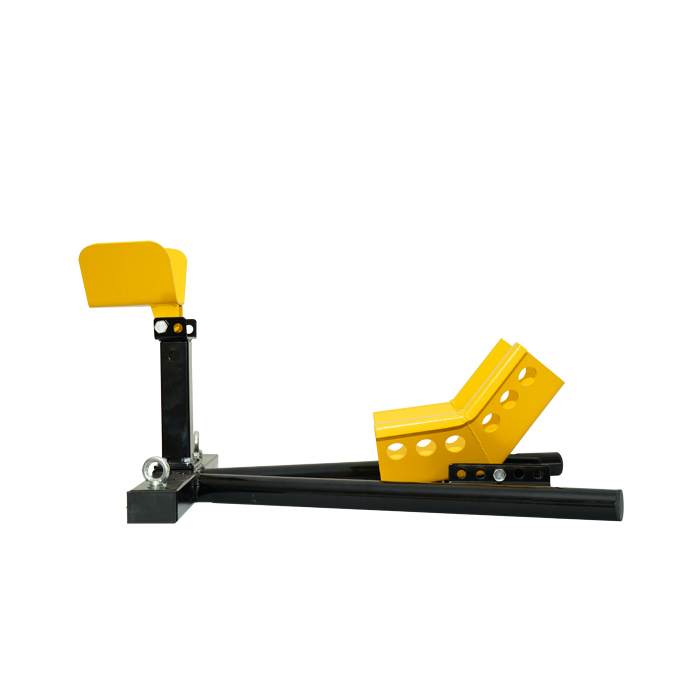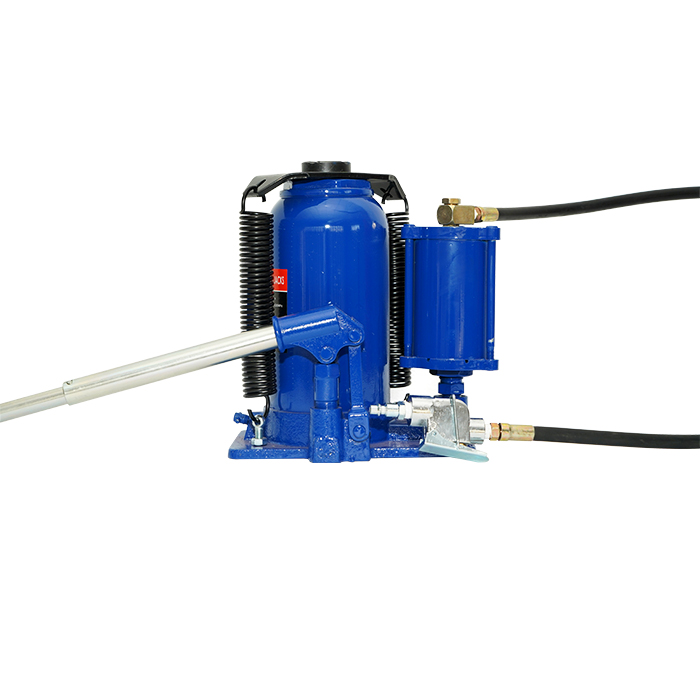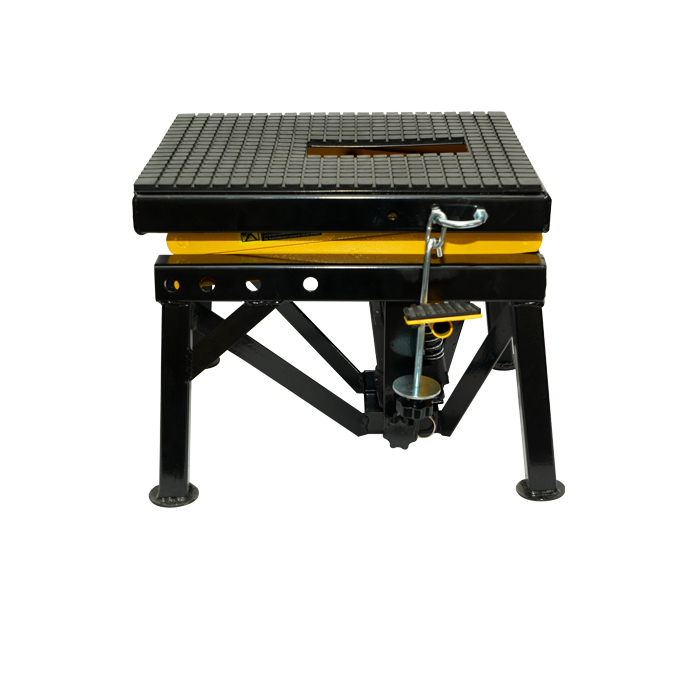Motorcycle lift is an indispensable tool in the automobile maintenance industry. Motorcycle lift is indispensable to motorcycle manufacturers, 4S stores, repair centers and repair shops. In normal maintenance and use, a variety of small problems may make you more difficult. Now let me tell you about the common faults of the lift and the corresponding solutions, so that you can use it smoothly (FAQ of the lift):
(1) Lift does not rise:
1、 Motor does not run:
1. Power supply line power failure or power supply phase failure;
2. AC contactor or control circuit fault;
3. The travel switch or control button circuit is disconnected;
4. The motor winding is damaged;
2、 Motor "buzzing" abnormal noise:
1. The power supply line or AC contactor is out of phase;
2. The power supply voltage is insufficient;
3. The oil pump or coupling is jammed;
3、 The motor runs but the oil cylinder does not work (no oil):
1. The running direction of the motor is wrong, and the motor is rotated forward by commutation;
2. The oil pump does not run with the motor and the coupling is damaged;
3. The oil pump is worn, leaked or damaged;
4. The pressure setting of the overflow valve of the oil passage plate is incorrect;
5. The sealing performance of one-way valve of oil passage plate is poor;
6. The oil drain valve of the oil circuit board is not closed tightly;
(2) . Slow descent speed:
1. The hydraulic oil concentration is too high (standard 46 #);
2. The regulating opening of the oil drain throttle valve is too small;
(3) The steel rope cannot be lowered after breaking or jumping:
1. Use a jack and a wooden block of moderate length to jack up the sliding table working trolley of the main and auxiliary columns;
2. After confirming the force on the oil cylinder, open the safety insurance;
3. Slowly press the handle of the oil drain valve to start lowering;
4. At this time, the descent is not synchronous, and the side of the main and auxiliary sliding platforms that fall faster shall be supported by a jack and a wooden block of moderate length to assist the descent; (Note: This operation process belongs to the emergency treatment plan, and there are risks. Be careful during the treatment. When the left and right elevation difference reaches a certain slope value, immediately stop the descent, hold the lower side, and then let the higher side continue to descend to lower than the other side. In this way, you can descend to the bottom.).
(4) Oil leakage:
1. The oil pipe connector nut is not tightened;
2. Aging and deformation of joint sealing ring;
(5) Failure of insurance institution:
1. The safety device is not well lubricated, rise to the position of the column manhole, remove the rust, and add oil for lubrication;
2. The cam stop screw of the safety mechanism is improperly adjusted (adjusted and restored);
3. The safety device is deformed and damaged (replaced);
4. The wire rope of the safety mechanism falls off or breaks (replace);
(6) Automatic sliding of working trolley:
1. The sealing rings of the oil drain valve, one-way valve and overload overflow valve of the oil passage plate are damaged or blocked by foreign matters;
2. Oil leakage caused by wear of oil cylinder sealing ring;
(7) Lifting is not synchronized:
1. Check whether the ground foundation of main and auxiliary columns is within the horizontal error range;
2. If the tension adjustment of the balance steel rope is inconsistent, adjust the balance steel rope until it is balanced. For equipment failure, please contact professional technicians with special equipment installation and maintenance qualifications for repair.
- Home
- ABOUT US
-
PRODUCTS
- New Product Jack
- MOTORCYCLE WHEEL CHOCK STANDS
- MOTORCYCLE STANDS
- MOTORCYCLE LIFT TABLE
- MOTORCYCLE QUICK LIFT
- MOTORCYCLE DOLLY
- TYRE CHANGER
- SHOP PRESS
- ENGINE CRANE
- PICK UP CRANE
- ENGINE LEVELER
- ENGINE STANDS
- SPRING COMPRESSOR
- PULL RAM
- RAMP
- TRANSMISSION JACK
- AIR JACK
- SERVICE JACK
- HYDRAULIC PORTABLE REPAIR KITS
- PIPE BENDER
- HYDRAULIC TROLLEY JACK
- HYDRAULIC FLOOR JACK
- JACK STANDS
- FARM JACK
- CREEPER
- news
- contact us

 English
English 简体中文
简体中文